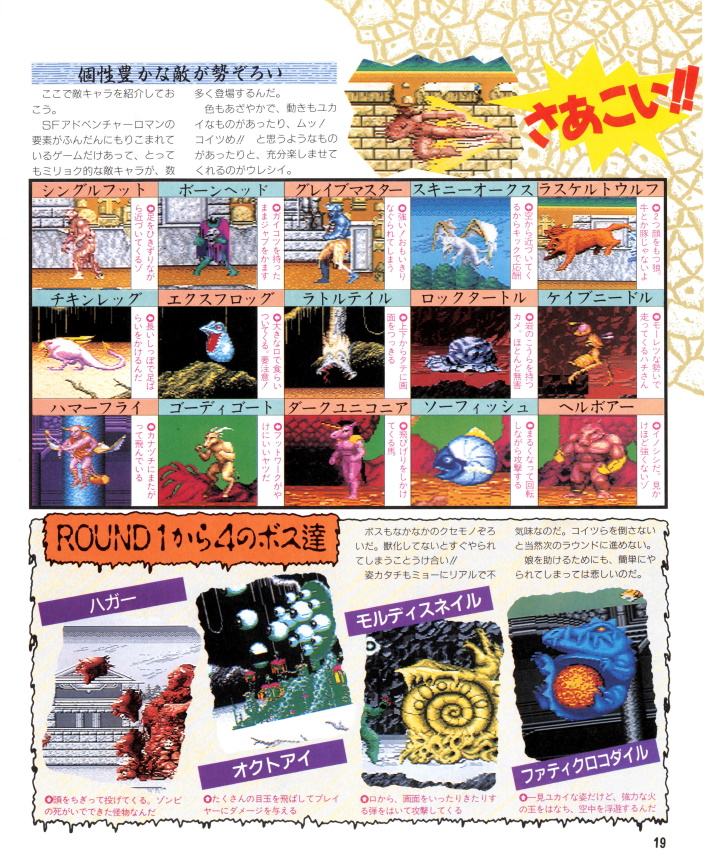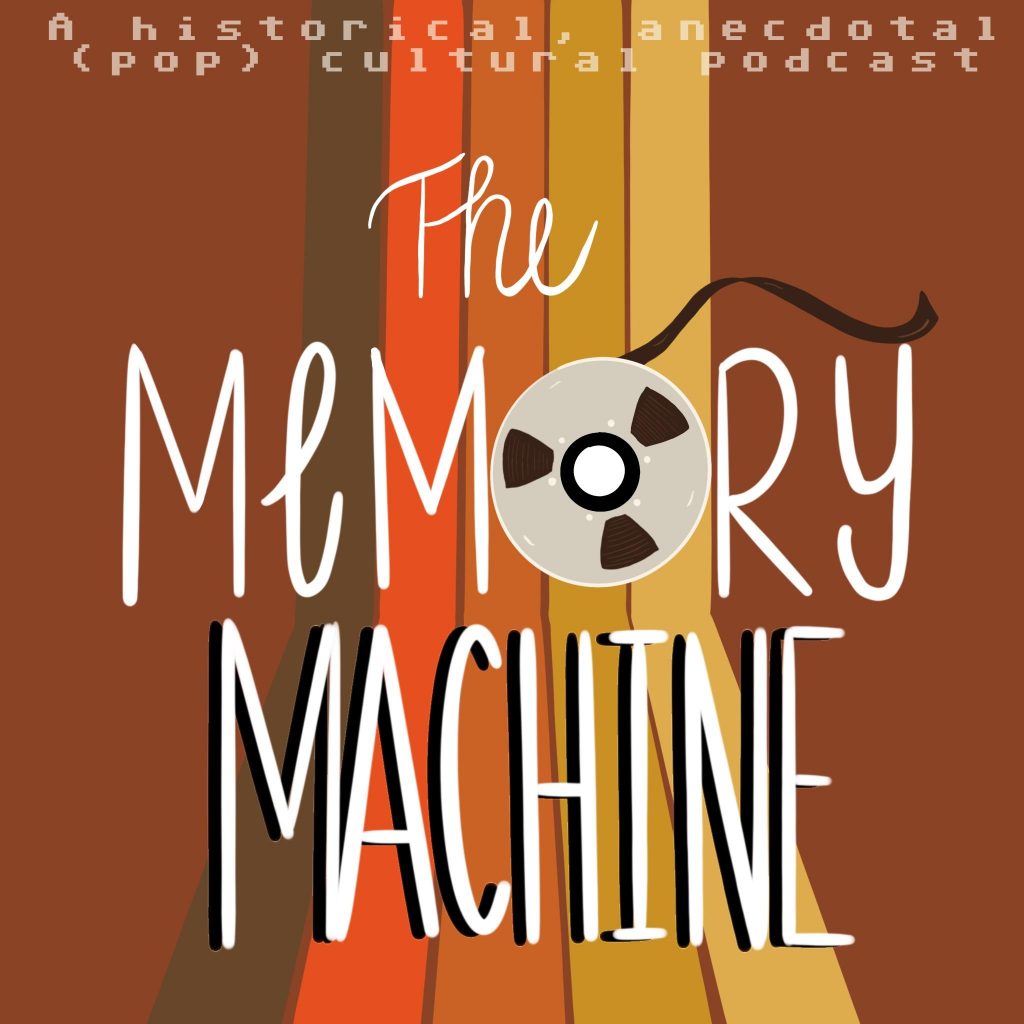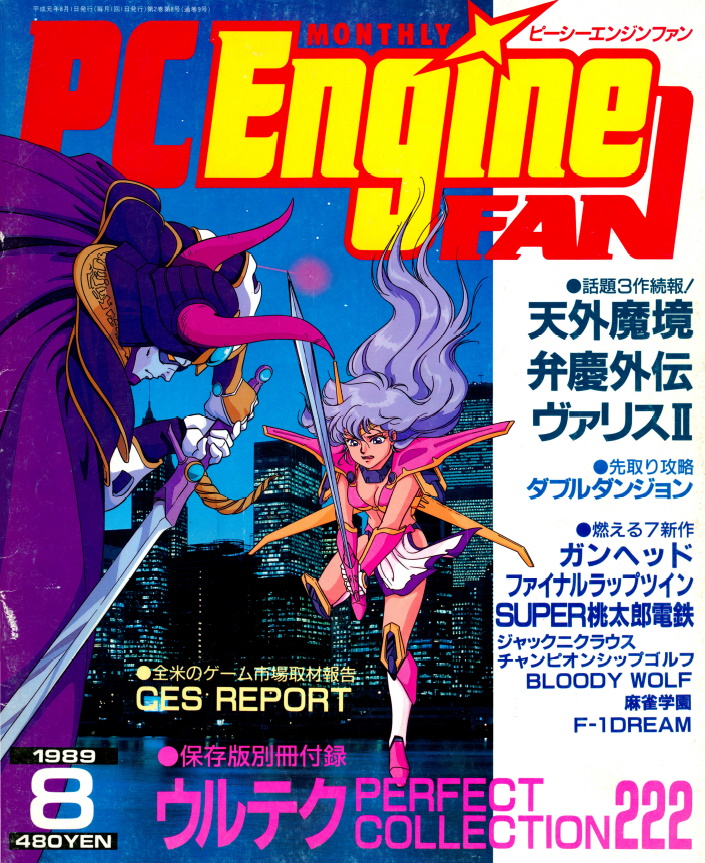
Gaming Alexandria is a treasure, and lately it’s been uploading scans of 80s/90s Japanese game magazine PC Engine Fan to the Internet Archive! Even if you can’t read a word of it, the artwork and screenshots alone make it a joy for the eyes. If you remember and love the look of the early days of Nintendo Power, when its layout and illustration were done by Tokuma Shoten publishing, you should appreciate these.
The PC Engine, a.k.a. Turbo-Grafx 16 (a much worse name really), sits at a sweet spot between old-school pixel art and 16-bit splendor. It was arguably a less capable system than Sega’s Mega Drive/Genesis, but it could show more colors, and its games looked a lot more vibrant in print. To a kid in the U.S. at the time, it exuded a strong sense of anime coolness, and I can’t help but feel a bit of that old excitement.
I have to stop myself from filling this post with page after page. Here’s a few choice examples:
Gunhead, a.k.a. Blazing Lazers (August 1989):
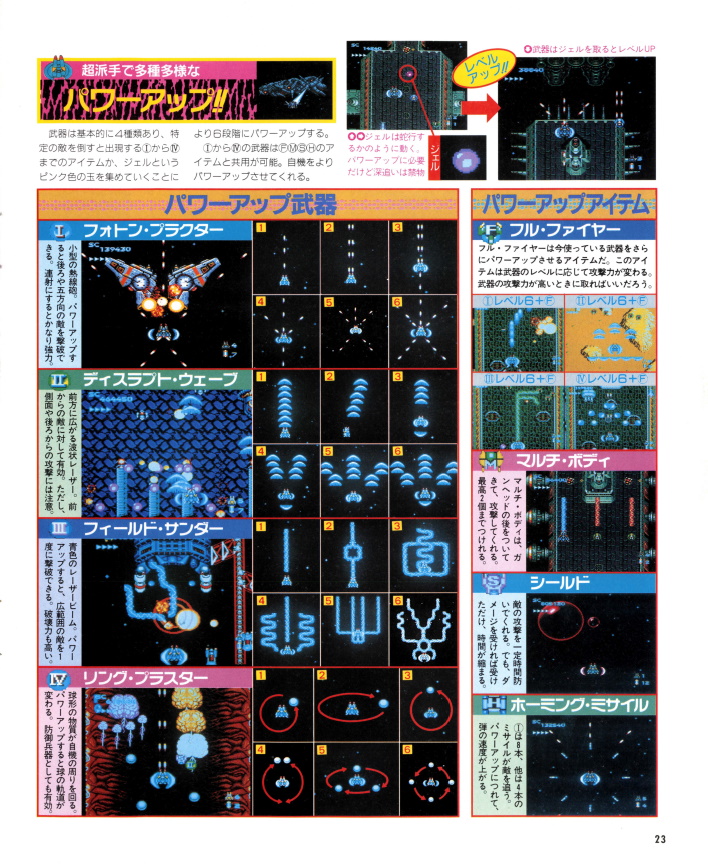
Double Dungeons (July 1989):
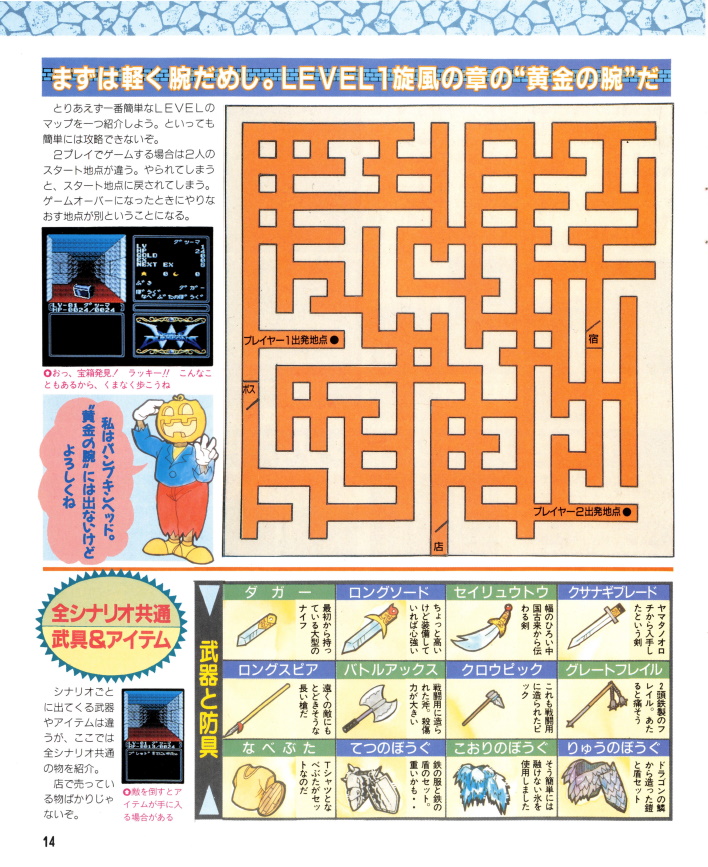
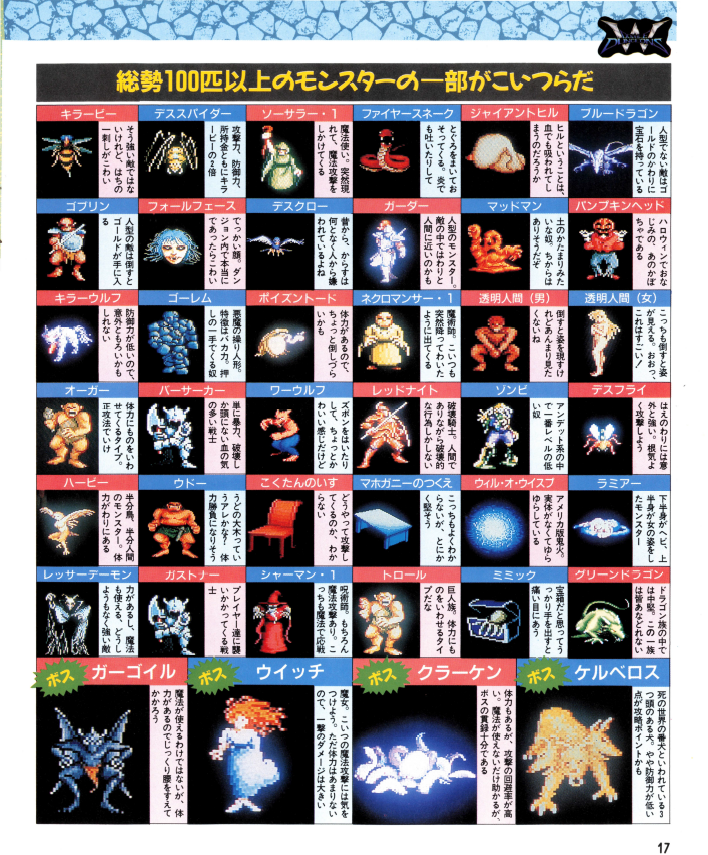
Beast King’s Chronicle, a.k.a. Altered Beast (July 1989)
